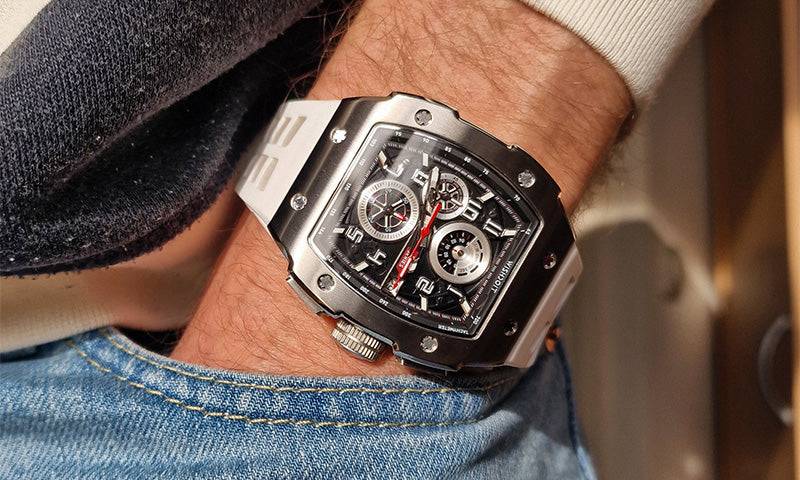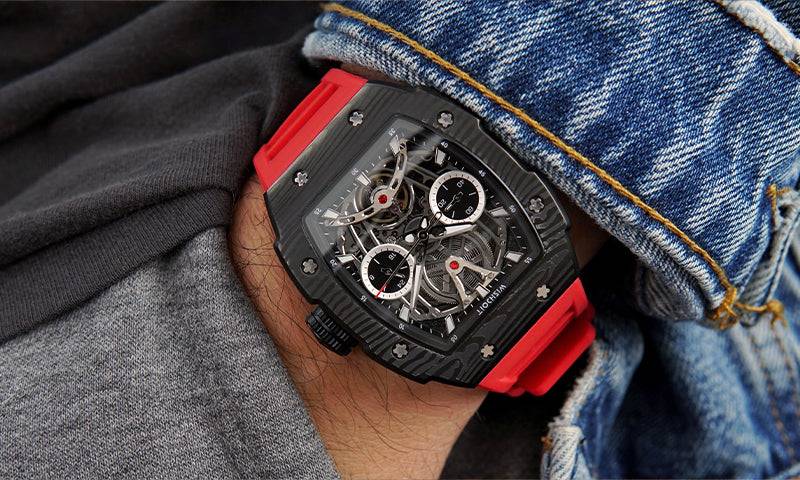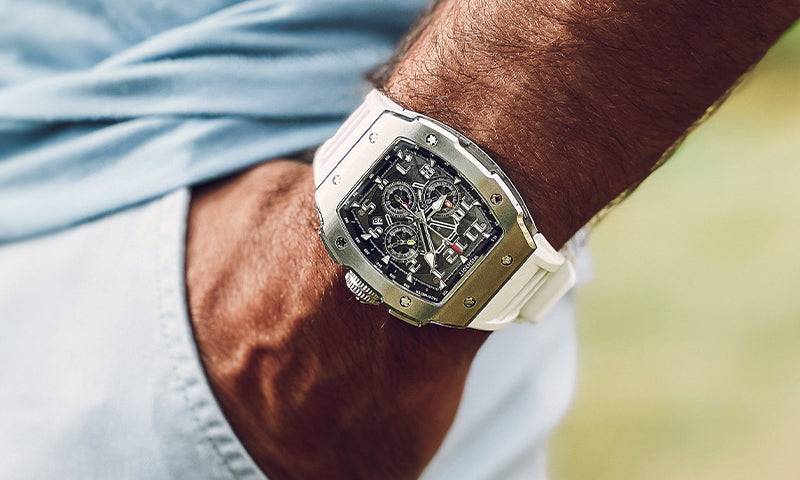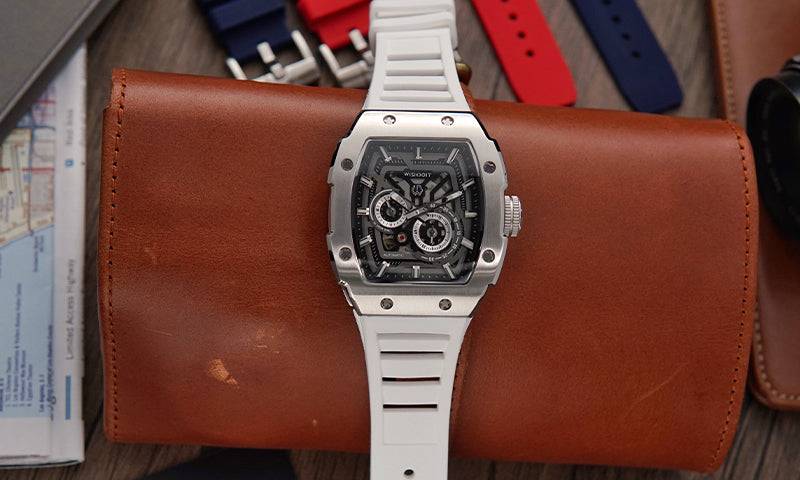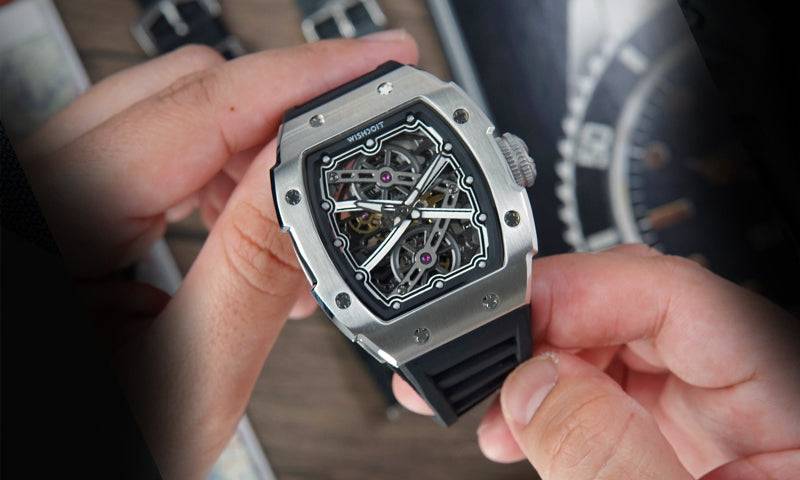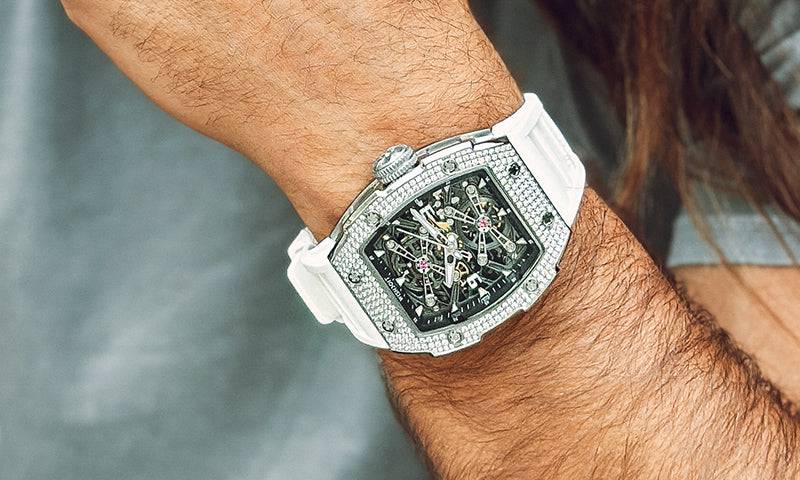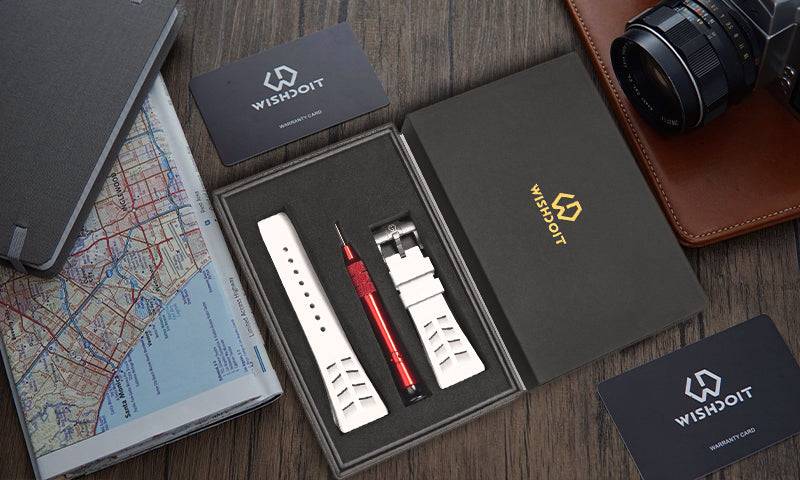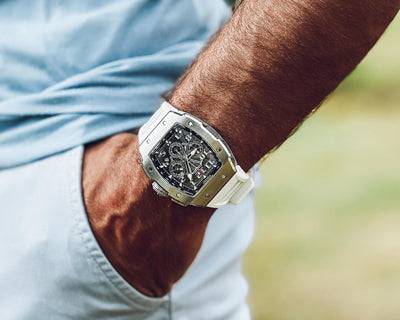In the world of watches, the term "water resistance" is often thrown around, but what does it really mean, and how is it measured? Join us on a deep dive into the intricacies of watch water resistance to uncover the secrets behind this crucial feature that ensures your timepiece stands up to the elements.
The Basics of Water Resistance:
Imagine wearing your favorite watch in the rain, while swimming, or even during a spontaneous water balloon fight. The last thing you want is for your cherished timepiece to succumb to water damage. This is where water resistance comes to the rescue.
Water resistance is a measure of a watch's ability to withstand exposure to moisture without compromising its functionality. It's important to note that water resistance is not a one-size-fits-all concept; different watches have varying levels of resistance, and understanding these distinctions is key to preserving your watch in different environments.
Understanding Water Resistance Ratings:
Watch water resistance is typically measured in meters or atmospheres (ATM). These ratings indicate the depth to which a watch can be submerged without water infiltration. However, it's essential to recognize that these ratings don't necessarily translate to real-world usage. For instance, a watch with a 50m water resistance rating is not suitable for deep-sea diving to 50 meters.
- 30m (3ATM): Suitable for everyday use, including accidental splashes or rain. Not recommended for swimming.
- 50m (5ATM): Can withstand brief water exposure, such as swimming in shallow waters or showering with cold water.
- 100m (10ATM): Suitable for recreational swimming and snorkeling.
- 200m (20ATM): Designed for activities like recreational scuba diving.
- Diver's Watches (usually 300m or more): Built for professional diving, ensuring durability in deeper waters.
Testing Water Resistance:
Watch manufacturers employ various methods to test the water resistance of their timepieces, ensuring they live up to their specified ratings. The process involves subjecting the watches to pressure and sometimes temperature variations to simulate real-world conditions.
One common test is the dry test, where the watch is exposed to air pressure in a chamber. If no air enters the case during this phase, the watch proceeds to the wet test, where it's submerged in water. The pressure is then increased to verify that the watch can withstand the designated depth.

Factors Influencing Water Resistance:
Several factors impact a watch's water resistance. The integrity of the case, the quality of gaskets (rubber or silicone seals that prevent water penetration), and the type of crystal covering the dial all contribute to a watch's ability to resist water.
Regular maintenance, such as checking and replacing gaskets during servicing, is crucial to preserving a watch's water resistance over time. Additionally, avoiding extreme temperature changes and not operating the crown or buttons underwater helps maintain the watch's protective seals.
Conclusion:
In the world of horology, understanding the nuances of water resistance adds a layer of appreciation for the craftsmanship behind these intricate timepieces. Whether you're a casual wearer or an avid diver, recognizing the water resistance rating of your watch empowers you to make informed decisions about when and where to wear it.
So, the next time you find yourself caught in a rainstorm or contemplating a refreshing swim, take a moment to appreciate the water-resistant companion on your wrist. After all, a watch that weathers the elements with style is not just a timepiece; it's a reliable and resilient companion on your journey through time. Dive in and embrace the fascinating world of watch water resistance.
You’ll also like:




